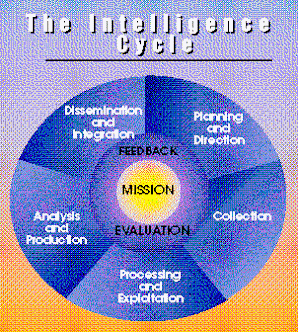Seven Steps to Better Brainstorming - Part 1
Companies run on good ideas. From R&D groups seeking pipelines of innovative new products to ops teams probing for time-saving process improvements to CEOs searching for that next growth opportunity--all senior managers want to generate better and more creative ideas consistently in the teams they form, participate in, and manage. Yet all senior managers, at some point, experience the pain of pursuing new ideas by way of traditional brainstorming sessions--still the most common method of using groups to generate ideas at companies around the world. The scene is familiar: A group of people, often chosen largely for political reasons, begins by listening passively as a moderator (often an outsider who knows little about your business) urges you to "Get creative!" and "Think outside the box!" and cheerfully reminds you that "There are no bad ideas!"
The result? Some attendees remain stone-faced throughout the day, others contribute sporadically, and a few loudly dominate the session with their pet ideas. Ideas pop up randomly--some intriguing, many preposterous--but because the session has no structure, little momentum builds around any of them. At session's end, the group trundles off with a hazy idea of what, if anything, will happen next. "Now we can get back to real work," some whisper. It doesn't have to be like this. We've led or observed 200 projects over the past decade at more than 150 companies in industries ranging from retailing and education to banking and communications. That experience has helped us develop a practical approach that captures the energy typically wasted in a traditional brainstorming session and steers it in a more productive direction. The trick is to leverage the way people actually think and work in creative problem-solving situations.
We call our approach "brainsteering," and while it requires more preparation than traditional brainstorming, the results are worthwhile: better ideas in business situations as diverse as inventing new products and services, attracting new customers, designing more efficient business processes or reducing costs, among others. The next time you assign one of your people to lead an idea generation effort--or decide to lead one yourself--you can significantly improve the odds of success by following the seven steps below.
1. Know Your Organization's Decision-Making Criteria
One reason good ideas hatched in corporate brainstorming sessions often go nowhere is that they are beyond the scope of what the organization would ever be willing to consider. "Think outside the box!" is an unhelpful exhortation if external circumstances or company policies create boxes that the organization truly must live within.
Managers hoping to spark creative thinking in their teams should therefore start by understanding (and in some cases shaping) the real criteria the company will use to make decisions about the resulting ideas. Are there any absolute restrictions or limitations, for example? A bank we know wasted a full day's worth of brainstorming because the session's best ideas all required changing IT systems. Yet senior management--unbeknownst to the workshop planners--had recently "locked down" the IT agenda for the next 18 months.
Likewise, what constitutes an acceptable idea? At a different, smarter bank, workshop planners collaborated with senior managers on a highly specific (and therefore highly valuable) definition tailored to meet immediate needs. Good ideas would require no more than $5,000 per branch in investment and would generate incremental profits quickly. Further, while three categories of ideas--new products, new sales approaches and pricing changes--were welcome, senior management would balk at ideas that required new regulatory approvals. The result was a far more productive session delivering exactly what the company wanted: a fistful of ideas, in all three target categories, that were practical, affordable and profitable within one fiscal year.


0 comments:
Post a Comment